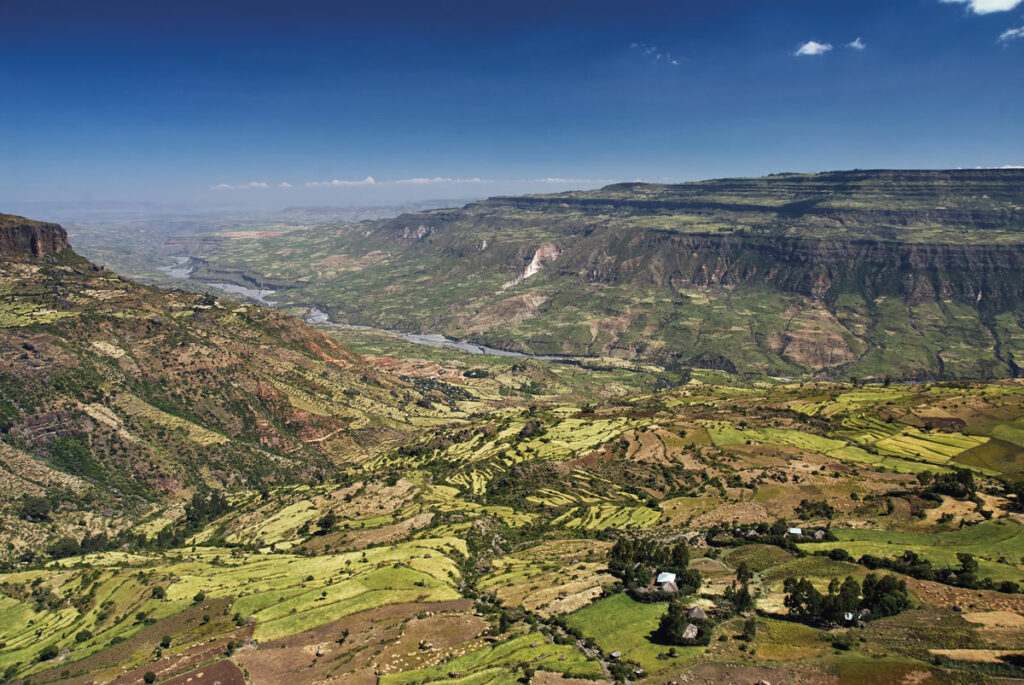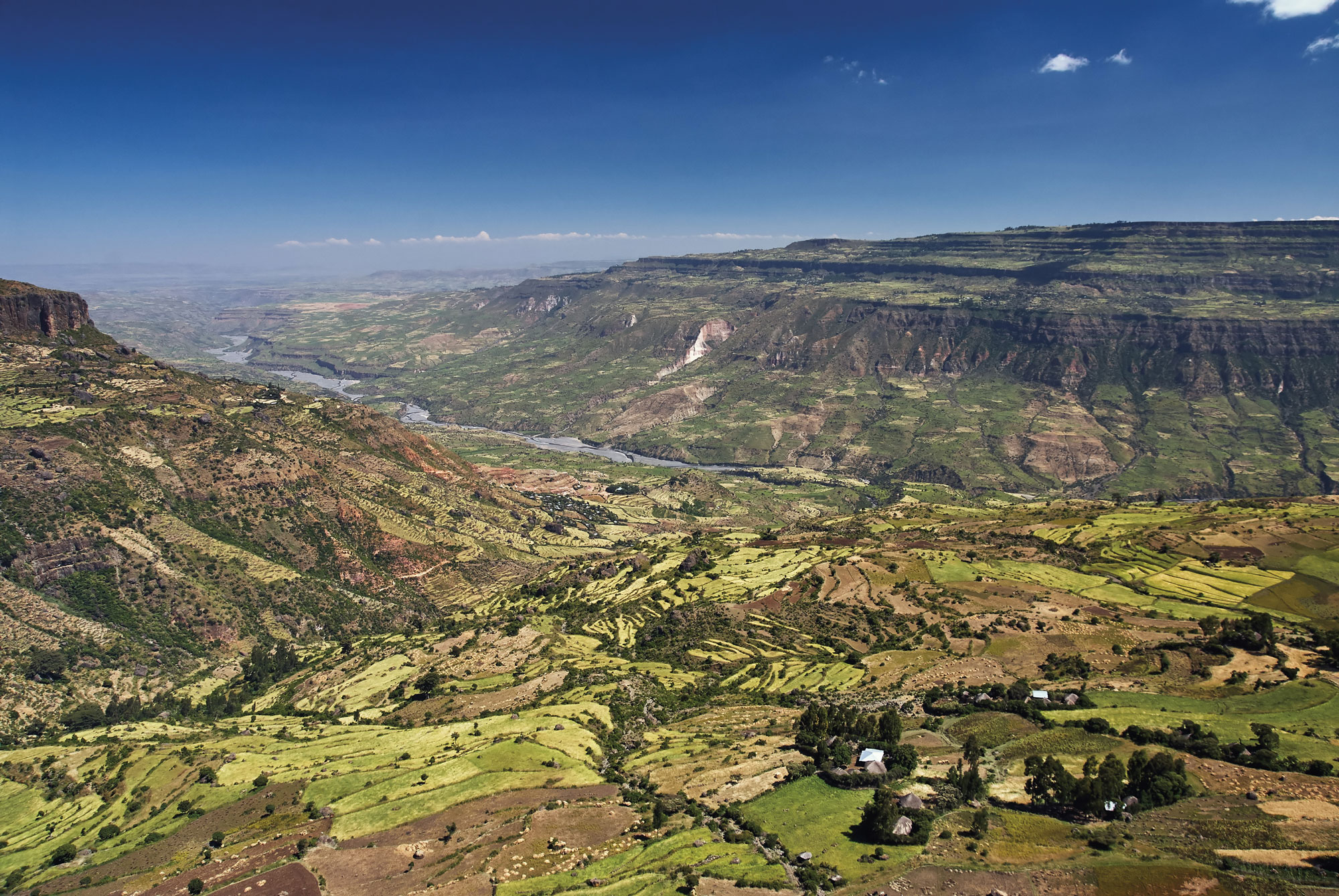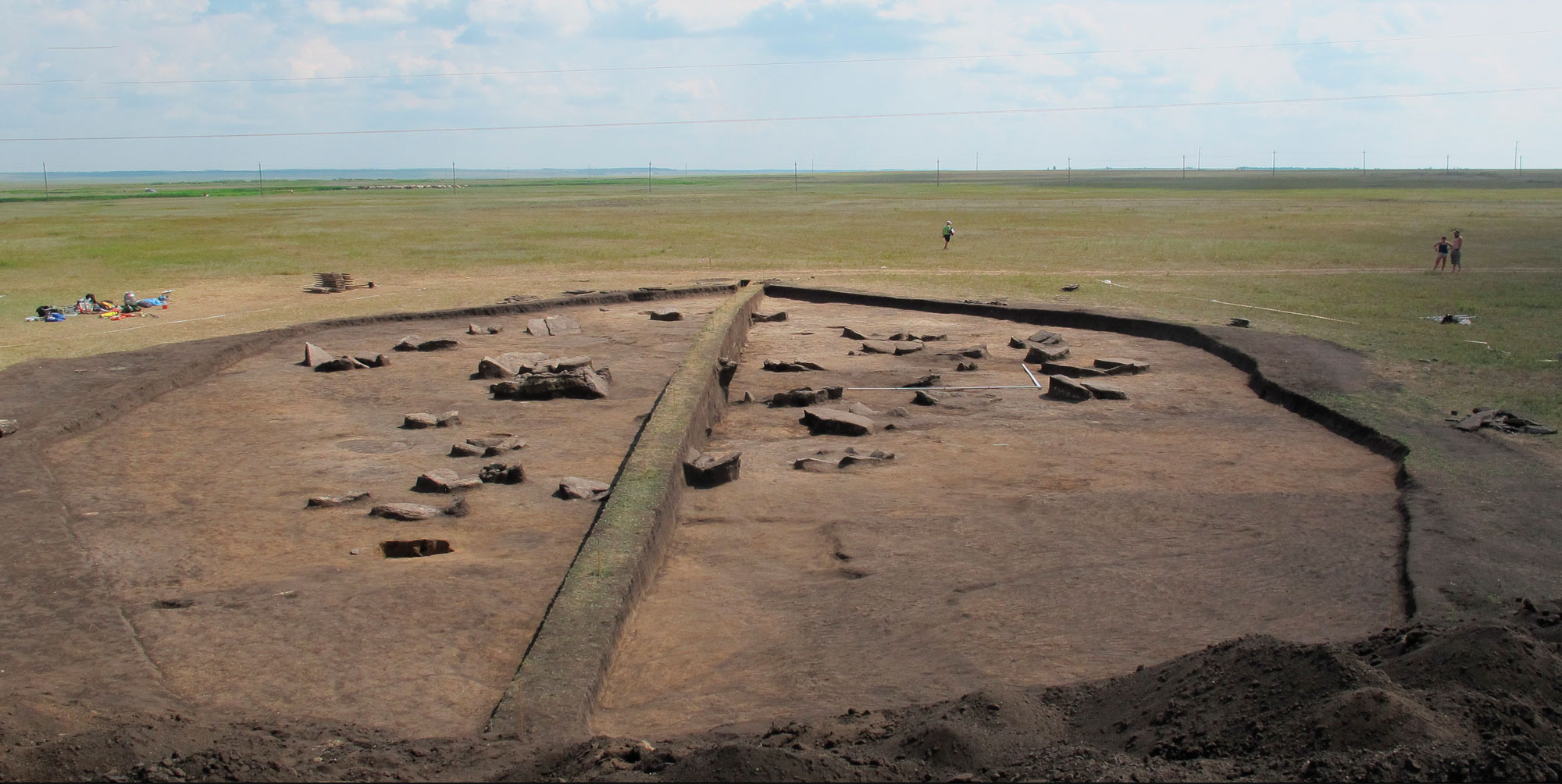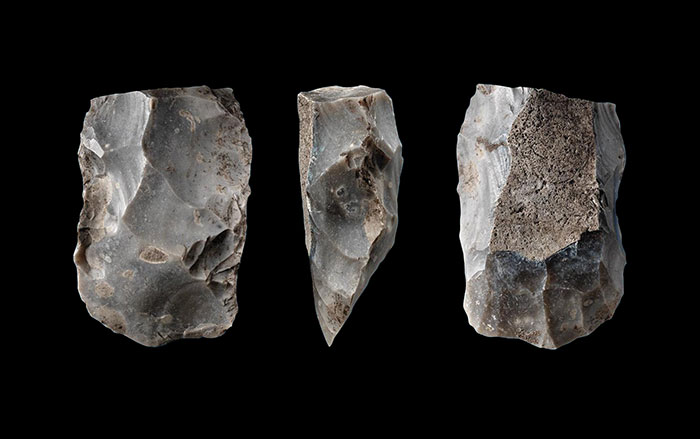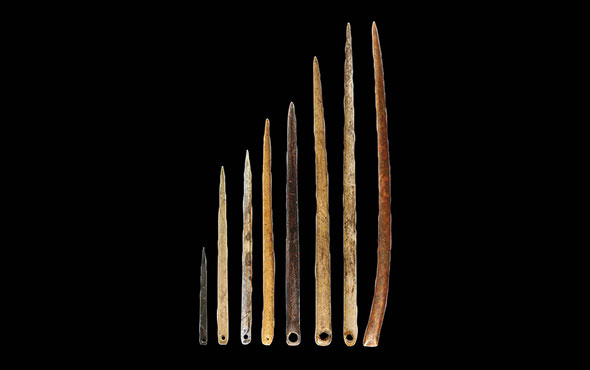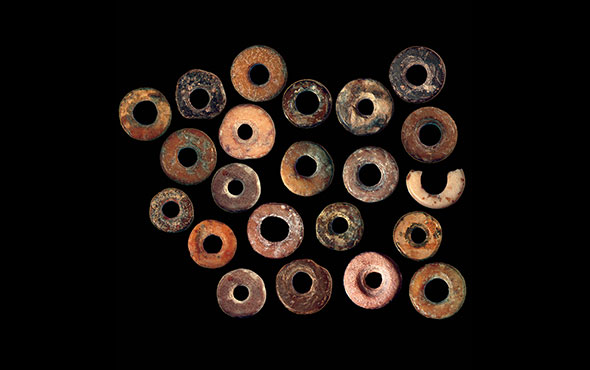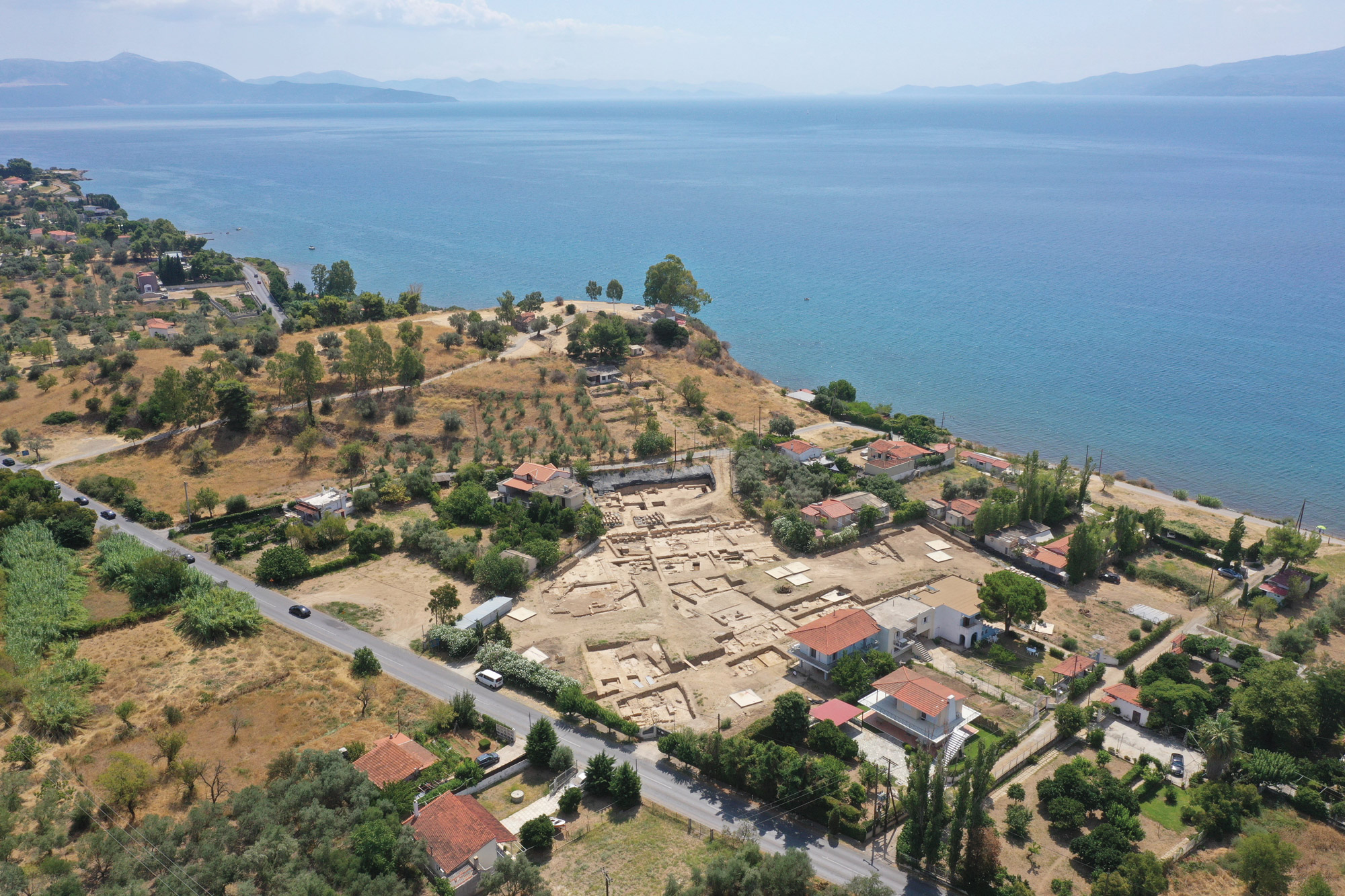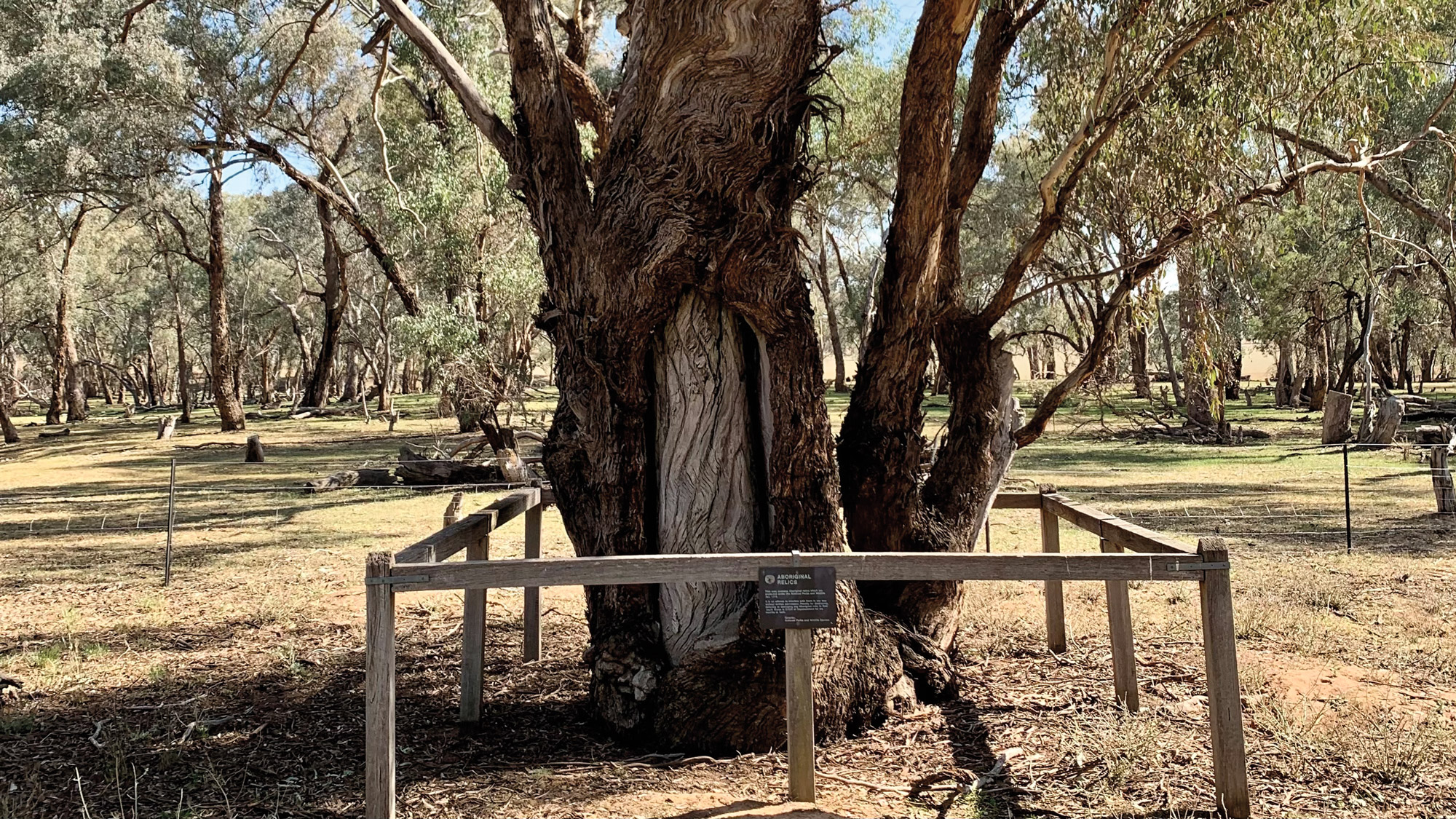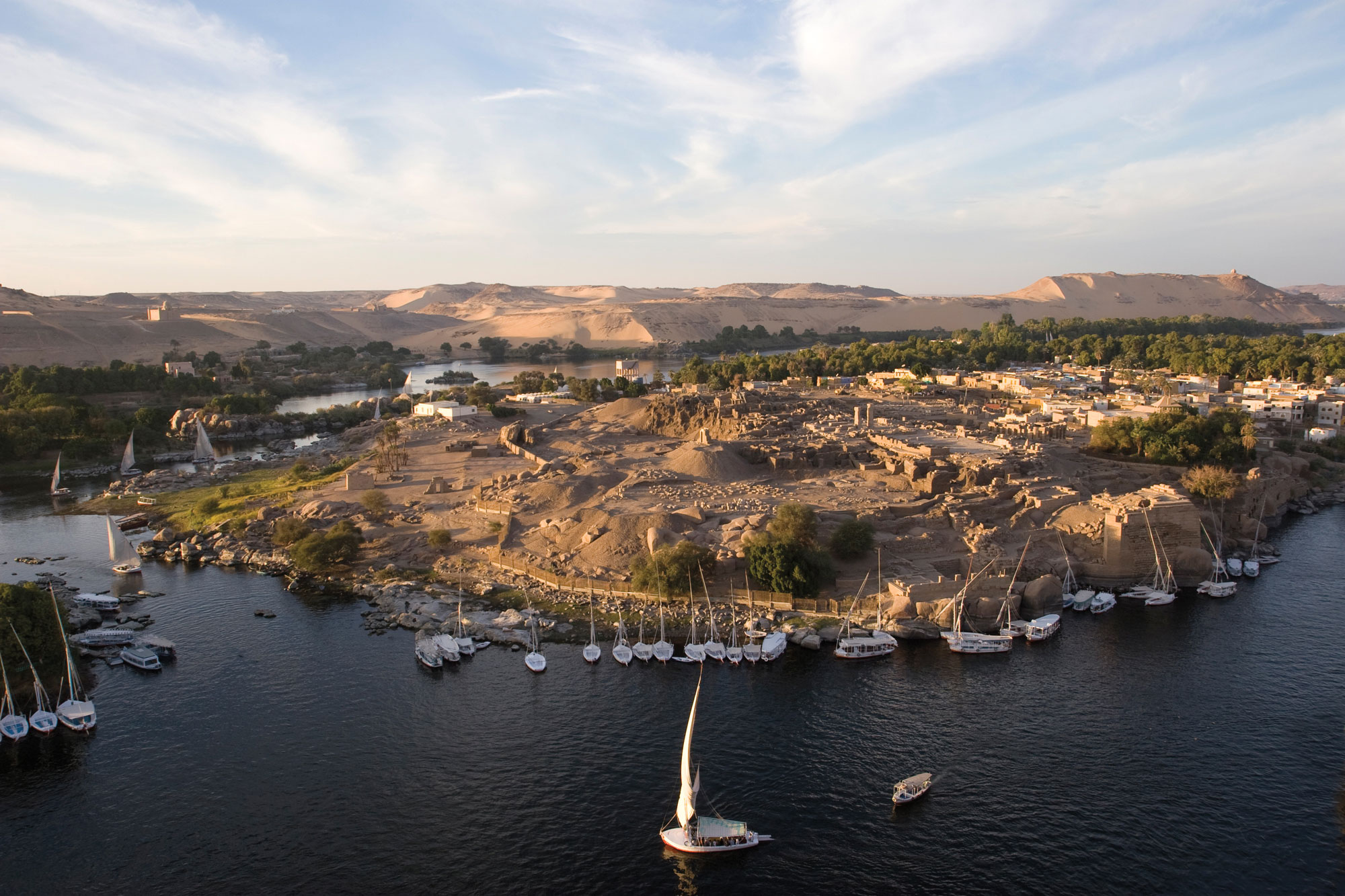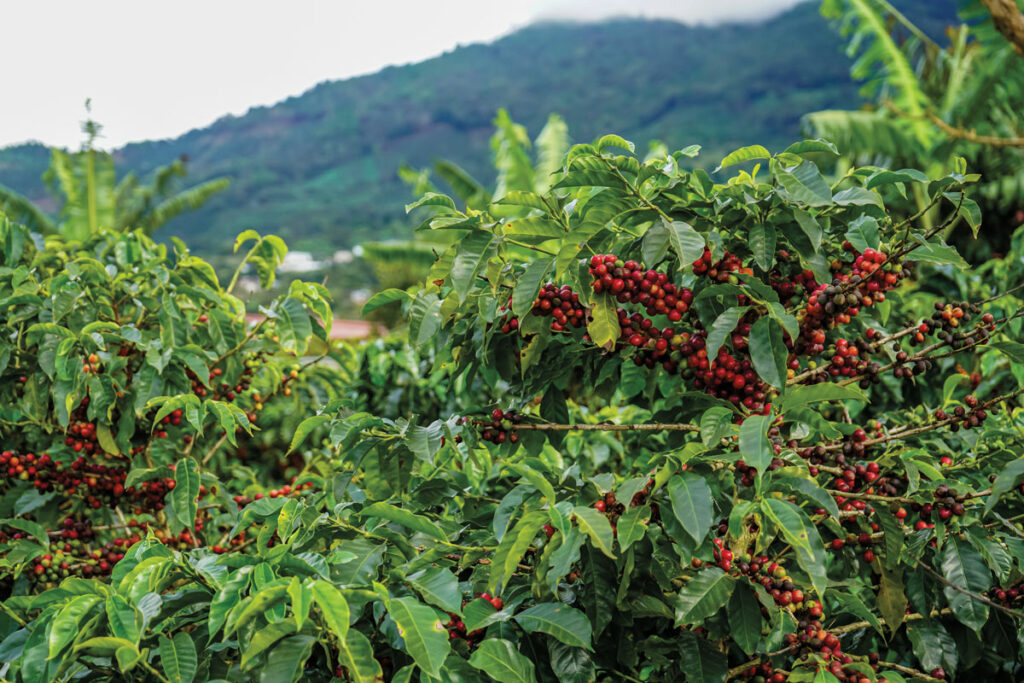
Coffea arabica, the flowering evergreen plant whose vibrant red berries, when dried and roasted, are used to make millions of cups of coffee each morning, originated in the forests of Paleolithic East Africa. For millions of years, two other species of coffee, C. canephora and C. eugenioides, are thought to have grown in sub-Saharan Africa until they interbred in the Great Rift Valley. “About 600,000 years ago, there was a hybrid event when pollen from C. canephora came into contact with C. eugenioides, and a new, viable plant was born,” says plant genomics researcher Jarkko Salojärvi of Nanyang Technological University. “This is how C. arabica came to be.” From then on, coffee’s story is one of survival against great odds.
Salojärvi and his team have reconstructed coffee’s complex evolution by sequencing the genomes of 41 C. arabica, two C. eugenioides, and three C. canephora (also known as C. robusta) plants. They found that, around 30,000 years ago, the C. arabica populations on the eastern and western sides of the Great Rift Valley split. The descendants of the plants on the eastern side were eventually brought to and cultivated at the future site of the Yemeni city of Mocha, while those on the western side remained wild. Little is recorded of coffee’s trajectory for thousands of years after this, says Salojärvi. “There are old folklore stories of people eating red berries from bushes in around a.d. 600 or 700 because of their invigorating properties,” he says.
It is clear that, by the fifteenth or sixteenth century, coffee was being cultivated in Yemen. Oral histories say that, around the turn of the seventeenth century, Baba Budan, an Indian monk with a passion for coffee, smuggled seven C. arabica seeds from Yemen to his homeland, from which it spread around the world. A century later, Dutch colonists cultivating C. arabica on the Indonesian island of Java produced a variety known as Typica. And, on the Indian Ocean island of Bourbon (now Réunion), the descendants of a single C. arabica plant propagated by French colonists in 1720 spawned the Bourbon variety. The Typica and Bourbon varieties largely gave rise to present-day C. arabica, which is cultivated worldwide and makes up some 60 percent of coffee consumed today. “Most modern coffee can be traced back to two individual plants cultivated three hundred years ago,” says Salojärvi. Today’s coffee drinkers have C. arabica’s adaptability to thank for their daily cup of joe.
